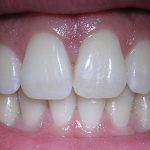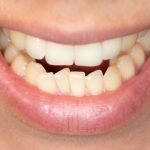5 Easy Steps: How to Clean Your Cat’s Teeth for a Healthy and Happy Feline
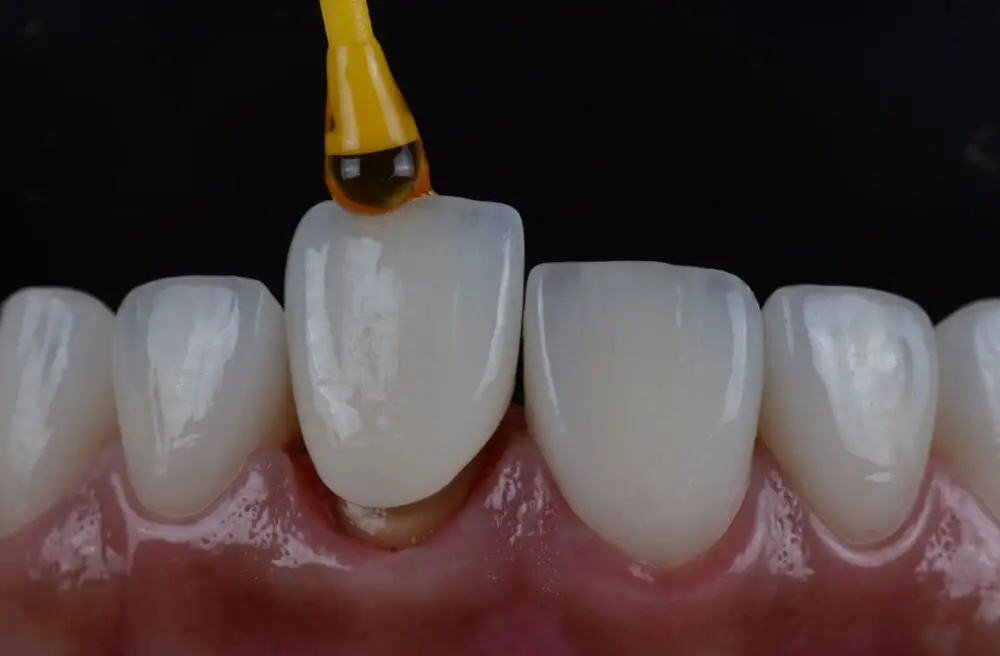
Taking care of your cat’s health is crucial to ensure they live a long and happy life. While it’s common knowledge to feed them nutritious food and keep them active, dental care is often overlooked. Just like humans, cats need proper dental hygiene to prevent gum disease, tooth decay, and other oral health issues. Regularly cleaning your furry friend’s teeth is a simple way to maintain their dental health and overall wellbeing. Cleaning your cat’s teeth might seem daunting at first, but it’s a straightforward process that can be done at home with the right tools and techniques. It’s recommended to start cleaning your cat’s teeth when they are still kittens, but it’s never too late to begin. In this article, we’ll discuss five easy steps to help you clean your cat’s teeth and keep them healthy and happy. With a little patience and practice, you’ll become a pro at taking care of your feline’s pearly whites.
Maintaining good dental hygiene is an essential aspect of a cat’s overall health and wellbeing. Poor dental hygiene can lead to a variety of health problems, including gum disease, tooth decay, and bad breath. Neglecting your cat’s dental health can also lead to more severe conditions such as kidney disease and heart disease. By implementing a regular dental care routine, such as brushing your cat’s teeth or providing dental treats, you can prevent these health issues from occurring and ensure your feline friend stays healthy and happy. Additionally, regular dental checkups with your veterinarian can help identify any underlying dental issues that may require professional treatment. So, take care of your cat’s teeth, and they will thank you for it with a healthy and beautiful smile!
Cleaning your cat’s teeth is a vital aspect of their overall health and wellbeing. Regular cleaning helps prevent the buildup of plaque and tartar, which can lead to gum disease, tooth decay, and even systemic infections. Maintaining your cat’s oral hygiene can also help extend their lifespan and improve their quality of life. A healthy mouth means better breath, less pain, and discomfort, and a reduced risk of developing other health problems. By incorporating dental care into your cat’s grooming routine, you can help ensure they live a happy, healthy, and comfortable life.
Step 1: Preparation
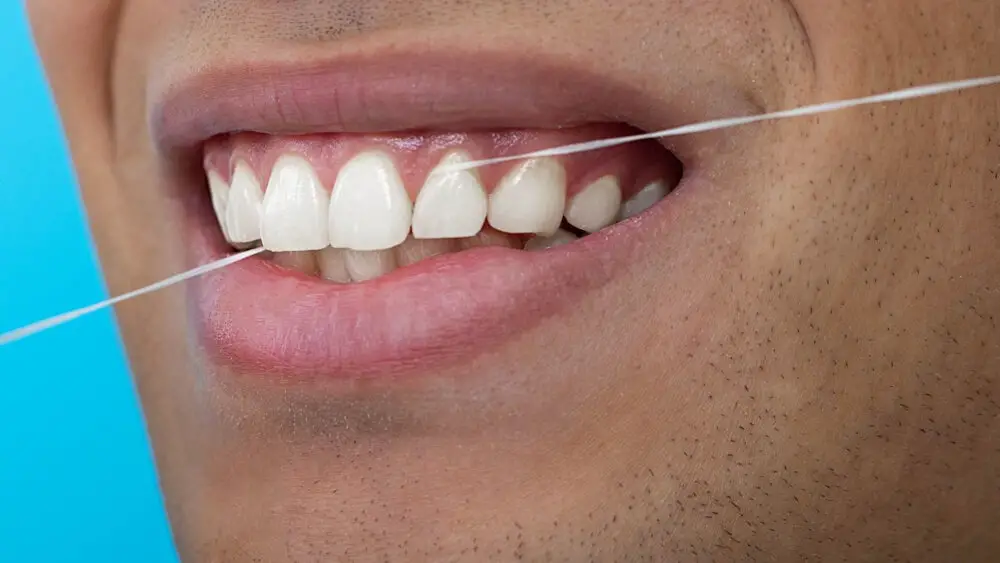
Keeping your cat’s teeth clean is essential for their overall health and well-being. Poor dental hygiene can lead to a host of health problems, including bad breath, gum disease, and tooth decay. In order to clean your cat’s teeth, the first step is preparation. This involves getting all of the necessary materials together and familiarizing yourself with the process. To prepare for cleaning your cat’s teeth, you will need a few key items. First, you will need a toothbrush specifically designed for cats. These brushes are small and have soft bristles to prevent damage to your cat’s gums. You will also need a toothpaste made specifically for cats. Never use human toothpaste, as it can be harmful to your cat. Additionally, you may want to have some treats on hand to reward your cat for their cooperation during the cleaning process. Once you have all of your materials together, take some time to read up on the proper technique for cleaning your cat’s teeth. This will help you feel more confident and comfortable as you begin the process.
Before starting the teeth cleaning process, it is crucial to gather all the necessary tools. These tools include a pet toothbrush, toothpaste, and treats. It is important to never use human toothpaste as it can be harmful to cats. Instead, use toothpaste specifically designed for felines, and a toothbrush with soft bristles. Treats can be used to reward your cat after the cleaning process to make it a positive experience for them. Additionally, it is important to choose a calm and quiet environment to perform the cleaning to reduce your cat’s anxiety. Gathering the necessary tools beforehand can make the process smoother and more comfortable for both you and your furry friend.
Creating a comfortable environment for your cat is crucial in ensuring a stress-free and enjoyable teeth cleaning experience. Start by choosing a quiet and well-lit area, such as a cozy corner in your living room or a peaceful bedroom. Provide a soft blanket or cushion for your cat to sit on and ensure there are no distractions such as loud noises or other pets. You may also want to consider playing calming music or using pheromone sprays to help your cat relax. Remember to approach your cat gently and speak in a soothing tone to create a positive association with teeth cleaning. By creating a comfortable environment, you can help your cat maintain good oral hygiene and overall health.
Step 2: Familiarization
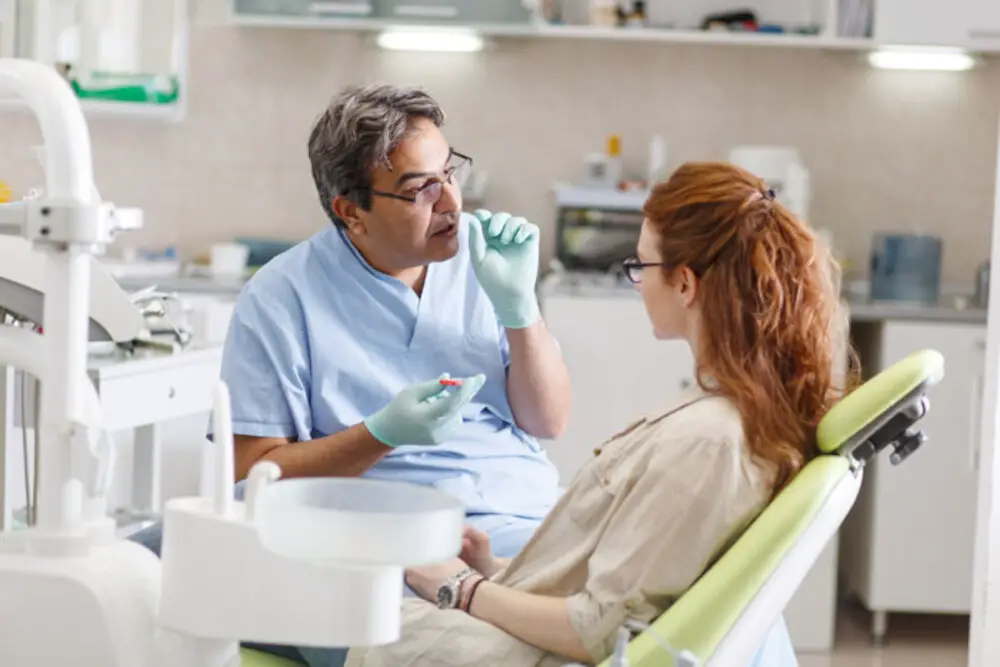
In the second step of cleaning your cat’s teeth, familiarization is crucial to ensure that your feline will be comfortable with the process. It’s important to take things slow and introduce your cat to the toothbrush and toothpaste gradually. Start by letting your cat sniff and explore the toothbrush and toothpaste, allowing them to become familiar with the new objects. You can also use your finger to massage your cat’s gums and teeth, getting them used to the sensation of something touching their teeth. This will help to reduce any anxiety and make the process less stressful for your cat. During the familiarization process, it’s important to reward your cat with treats and praise for positive behavior. This will help to create a positive association with the toothbrush and toothpaste, making your cat more willing to participate in the cleaning process. You can also try to make the process more enjoyable for your cat by using flavored toothpaste or a toothbrush designed for cats. By taking the time to familiarize your cat with the toothbrush and toothpaste, you can make the cleaning process easier and more enjoyable for both you and your feline friend.
Getting your cat used to having their mouth touched is crucial for maintaining their dental health. Start by gently petting their head and giving them treats while gradually working your way to touching their lips and gums. You can also use a cotton swab or your finger wrapped in gauze to simulate the feeling of brushing their teeth. Make sure to reward your cat with praise and treats throughout the process to associate it with positive experiences. With patience and persistence, your cat will become comfortable with having their mouth touched, making dental cleaning a much easier task.
Introducing your feline friend to toothpaste and a toothbrush is an essential step towards maintaining good oral hygiene. Initially, your cat may find the taste and sensation of toothpaste and the toothbrush strange, but with patience and persistence, they will get used to it. Use a cat-specific toothpaste that is formulated to be safe for ingestion and has a flavor that your cat likes. Gradually introduce the toothbrush, allowing your cat to sniff and lick it to get familiar with it before starting to brush their teeth. Remember to keep the toothbrush at a 45-degree angle and gently brush in circular motions to ensure that you clean all surfaces of your cat’s teeth.
Step 3: Brushing
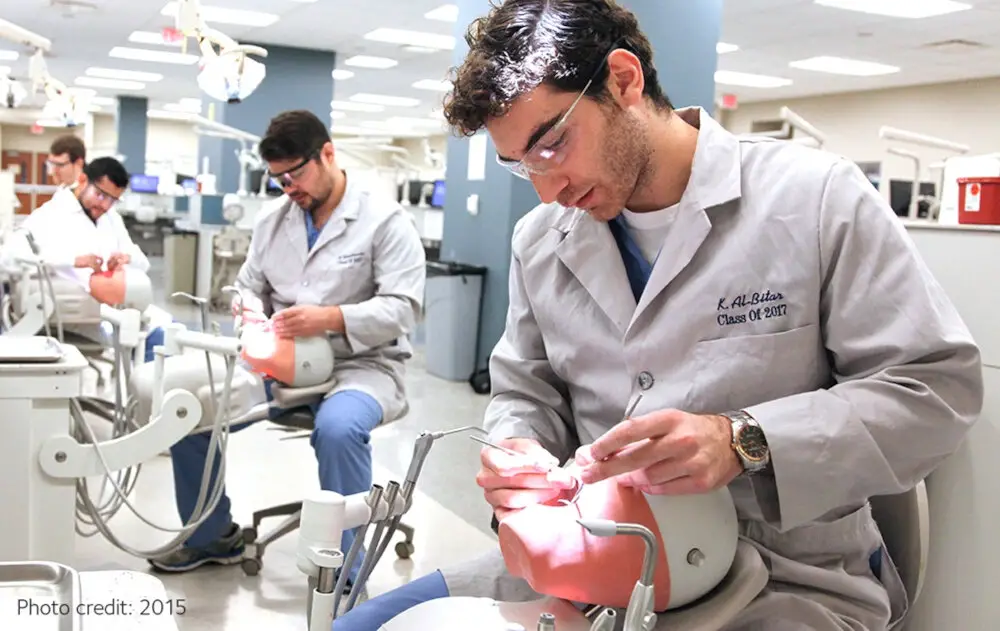
Brushing your cat’s teeth is an essential step to ensure that their dental hygiene is in good shape. It is recommended to brush your cat’s teeth at least twice a week to prevent the buildup of tartar and plaque, which can lead to gum disease, tooth decay, and bad breath. To begin brushing your cat’s teeth, you will need a soft-bristled toothbrush and toothpaste specifically designed for cats. Never use human toothpaste as it can be harmful to your cat’s health. Start by introducing your cat to the toothpaste by allowing them to lick a small amount off your finger. This will help them get used to the taste and texture. Once your cat is comfortable with the toothpaste, apply a small amount onto the toothbrush and gently brush their teeth in a circular motion. Be sure to focus on the teeth at the back of their mouth as they are more prone to tartar buildup. If your cat seems agitated or uncomfortable, take a break and try again later. Over time, your cat will get used to the process, and brushing their teeth will become more comfortable for both you and your feline friend.
Proper brushing techniques are essential for maintaining good oral hygiene in your feline. First, use a soft-bristled toothbrush and veterinary-approved toothpaste. Start by gently lifting your cat’s lip and brushing the front teeth in a circular motion. Gradually work towards the back teeth, where most tartar and plaque build up. Be sure to brush the gum line as well. Brushing should be done daily for at least two minutes. Remember to reward your cat with a treat or praise after each successful brushing session. With patience and regular brushing, your cat’s teeth will stay healthy and clean.
When it comes to cleaning your cat’s teeth, there are several common mistakes that pet owners tend to make. Firstly, using human toothpaste can be harmful to your cat’s health, as it contains fluoride which can be toxic to cats. Secondly, not being consistent with your cat’s dental hygiene routine can lead to plaque buildup and tooth decay. Thirdly, neglecting to check your cat’s teeth and gums regularly can result in undetected dental issues that may require medical attention. Lastly, using improper tools or techniques to clean your cat’s teeth can cause injury or discomfort to your feline friend. By avoiding these common mistakes, you can ensure that your cat maintains good dental health and a happy life.
Step 4: Rinsing and Finishing
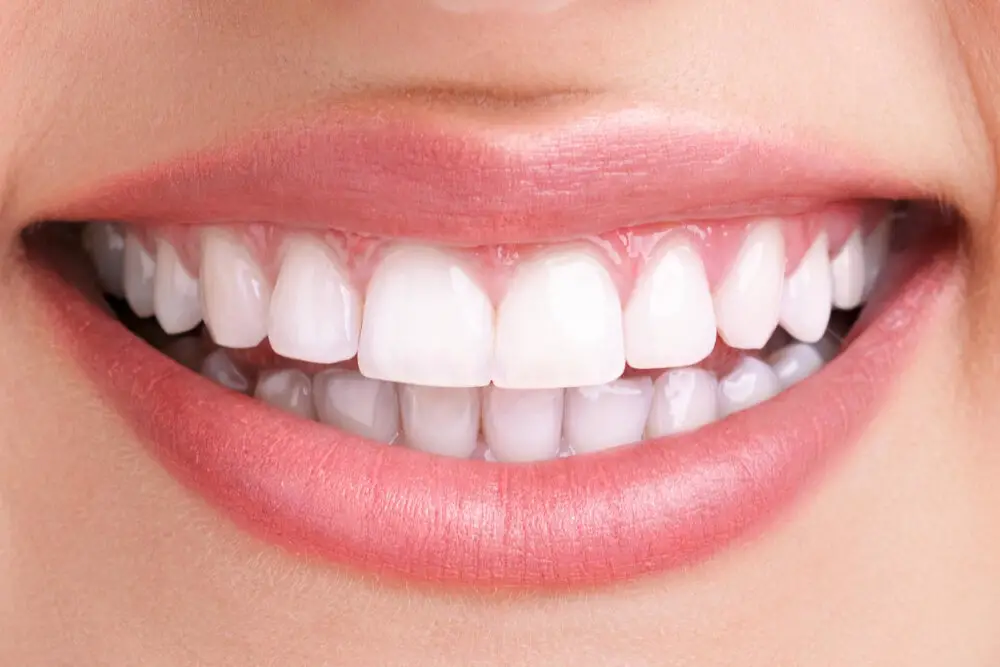
Step 4: Rinsing and Finishing is an essential part of the process of cleaning your cat’s teeth. After brushing, it is imperative to rinse your cat’s mouth thoroughly to remove any remaining toothpaste or debris. Rinsing also helps to freshen their breath and maintain good oral hygiene. Some pet owners may use a specialized rinse or mouthwash that is safe for cats, which can help to kill bacteria and prevent tartar buildup. It is vital to choose a rinse that is specifically designed for cats, as human mouthwash can be toxic to felines. In addition to rinsing, finishing the tooth-brushing process with a dental treat or chew toy can help to promote healthy teeth and gums. Dental treats and chews can help to remove any remaining debris and plaque while also freshening your cat’s breath. It is important to choose a treat that is specifically designed for cats and does not contain any harmful ingredients. Additionally, it is important to monitor your cat while they enjoy their dental treat or chew toy, as some cats may try to swallow large pieces, which can be dangerous. By completing step 4, you can help to ensure that your cat’s teeth are healthy and clean, promoting better overall health and well-being.
Rinsing your cat’s mouth with water is an important step in maintaining good oral hygiene for your feline. After brushing your cat’s teeth, you should rinse its mouth with water to remove excess toothpaste and debris. This will help prevent your cat from ingesting harmful chemicals and bacteria. It is important to use lukewarm water, as cold water can cause discomfort and warm water can cause burns. You can use a small cup or a syringe to rinse your cat’s mouth, making sure to avoid spraying water directly into its throat. With regular cleaning and rinsing, your cat can have healthy teeth and gums, preventing dental diseases and ensuring a happy and healthy life.
Rewarding your cat for good behavior is an essential step in cleaning their teeth. When your feline friend cooperates and allows you to clean their teeth, it’s important to show them that you appreciate their good behavior. You can reward them with their favorite treats, toys, or cuddles. Positive reinforcement will help your cat associate teeth cleaning with positive experiences. This will make it easier for you to clean their teeth in the future and will ensure that your cat maintains good dental hygiene. By rewarding your cat for good behavior, you are not only helping them have healthy teeth, but you are also strengthening your bond with them.
Step 5: Maintenance
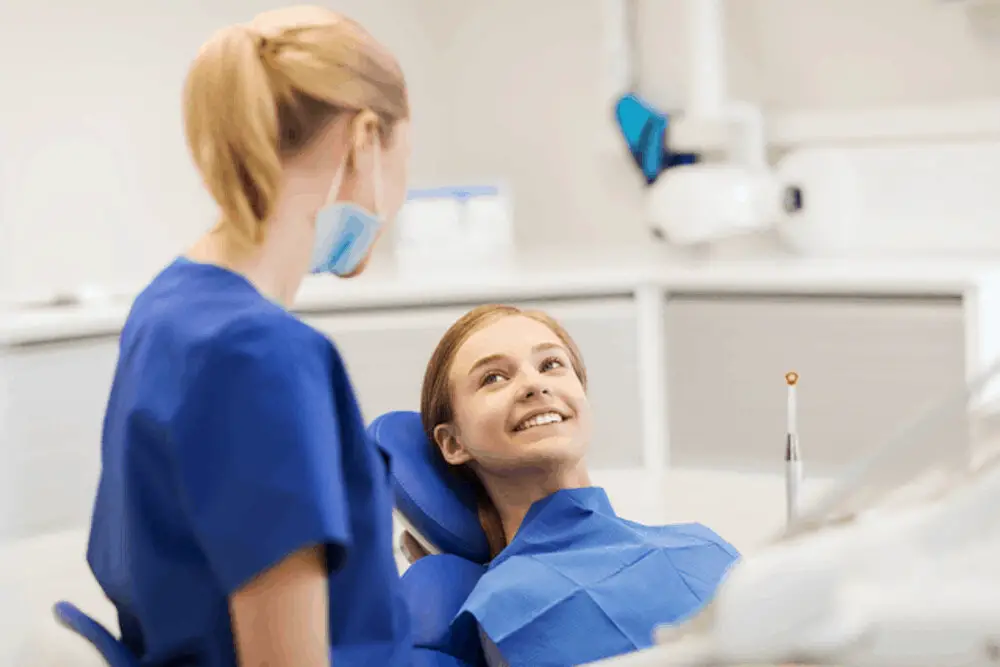
Step 5 in the process of cleaning your cat’s teeth is the maintenance phase. This step is vital to ensuring your feline’s dental hygiene remains in good condition and prevent any further oral health issues. One of the best ways to maintain your cat’s teeth is to continue brushing their teeth regularly. Doing so will help to remove any plaque buildup and prevent the formation of tartar. You can use a toothbrush and toothpaste specifically designed for cats to make the process easier. Additionally, providing your cat with dental chews or toys can also help to keep their teeth clean and strong. Make sure to check with your veterinarian to ensure you are using safe and effective products. Another critical aspect of maintaining your cat’s dental hygiene is scheduling regular dental checkups with your veterinarian. A professional dental cleaning can help to remove any stubborn tartar or plaque buildup that may have accumulated over time. During these visits, your veterinarian can also check for any signs of dental disease or other oral health issues. Early detection and treatment are essential to prevent any further complications and keep your feline friend happy and healthy for years to come. Remember, taking care of your cat’s teeth is an essential part of their overall well-being, so make sure to stay consistent with their dental care routine and schedule regular checkups with your veterinarian.
The frequency of teeth cleaning for cats depends on various factors such as age, breed, diet, and dental health. As a general rule, it is recommended to clean your cat’s teeth at least once a week to prevent the buildup of plaque and tartar. Cats with dental issues or a tendency to develop dental problems may require more frequent cleanings, while younger cats and those with a healthy diet may need less frequent cleanings. Regular teeth cleaning not only helps prevent dental diseases but also promotes overall health and wellbeing, as dental problems can lead to other health issues such as infections, pain, and difficulty eating. Therefore, it is essential to establish a consistent teeth cleaning routine for your cat to ensure they have a healthy and happy life.
In addition to regular brushing, there are several other dental care options that can help maintain your cat’s oral health. Dental treats and chews can help reduce plaque buildup and freshen breath, while water additives and oral sprays can also help combat bacteria. Professional dental cleanings performed by a veterinarian are also recommended, especially for cats with advanced dental disease. Regular check-ups with your vet can help catch any dental issues early on and prevent more serious problems down the line. By incorporating these additional dental care options into your cat’s routine, you can help ensure that they have a healthy and happy smile for years to come.
Maintaining good dental hygiene in cats is crucial for their overall health and wellbeing. Poor oral health can lead to various dental problems such as gum disease, tooth decay, and bad breath, which can cause pain and discomfort for your feline friend. These dental issues can also lead to more serious health problems in the long run, such as kidney and heart disease. Regularly cleaning your cat’s teeth, providing them with dental chews and toys, and scheduling regular check-ups with a veterinarian can help prevent these issues and ensure that your cat stays healthy and happy. By taking the time to care for your cat’s teeth, you’ll be providing them with a happier and more comfortable life.
Regular dental care is essential to maintain your feline’s overall health and happiness. Without proper dental hygiene, your cat is susceptible to an array of oral health problems, including gum disease, tooth decay, and bad breath. In addition, poor dental health can lead to more severe health issues, such as heart, liver, and kidney disease. Therefore, it is crucial to incorporate dental care into your cat’s daily routine. By regularly cleaning your cat’s teeth, you can ensure they maintain optimal oral health, preventing any potential health issues from arising. Not only will your feline friend be healthier, but they will also be happier, as they will feel comfortable and pain-free. Start taking care of your cat’s teeth today to give them the best possible life.
Conclusion

In conclusion, maintaining your cat’s dental hygiene is crucial for their overall health and happiness. Following the five easy steps of cleaning your cat’s teeth can be a simple yet effective way to ensure your feline friend’s dental health. By incorporating a regular dental cleaning routine, you can prevent dental diseases and infections, which can lead to other serious health issues. So, don’t neglect your cat’s dental health and take the necessary steps to keep their teeth clean and healthy. Your furry friend will thank you with a happy and healthy purr!

